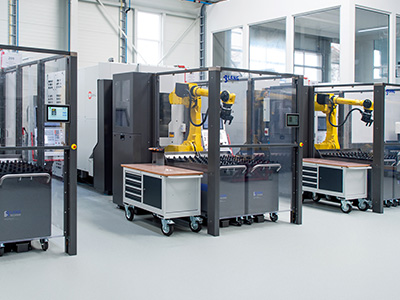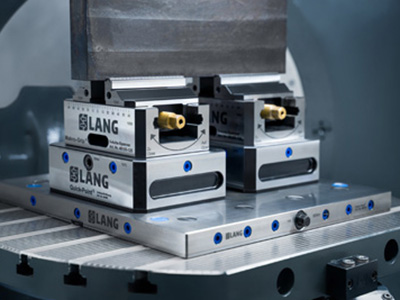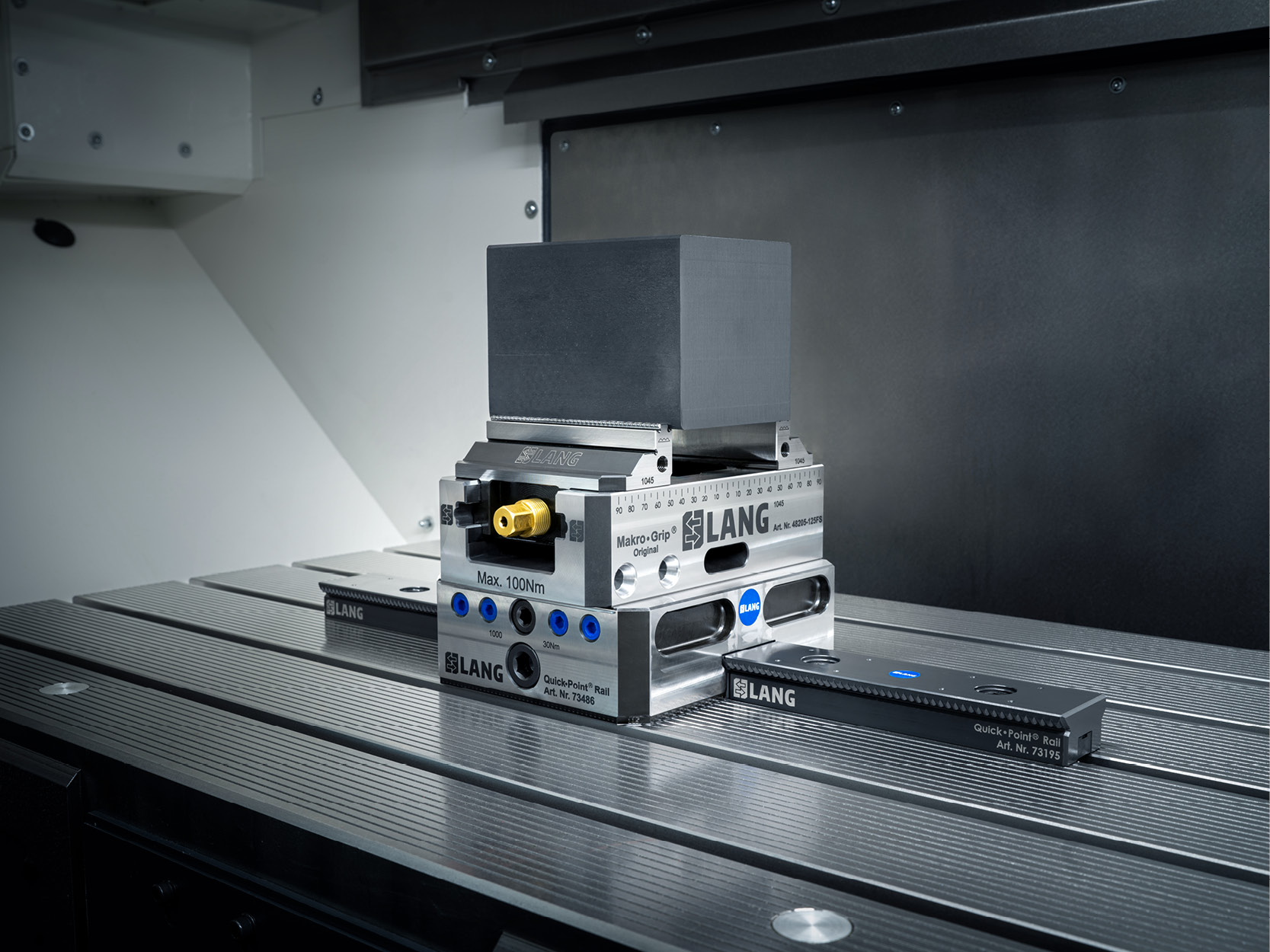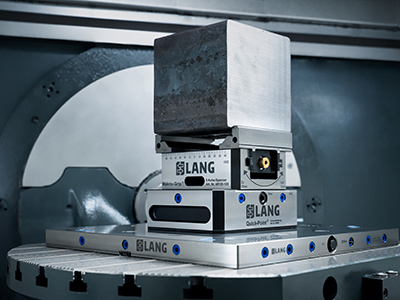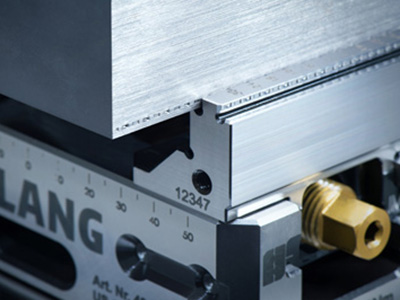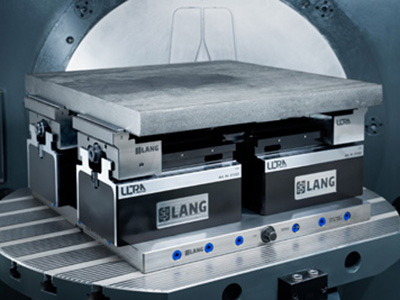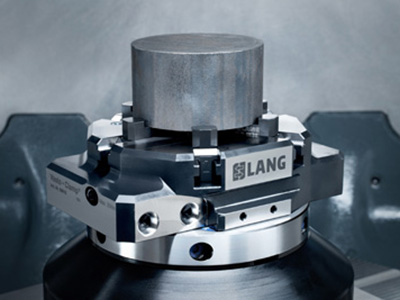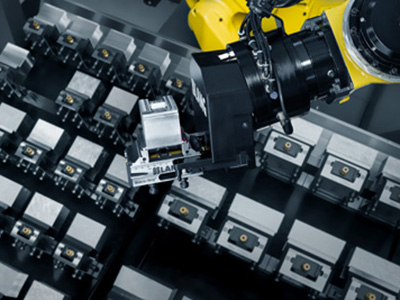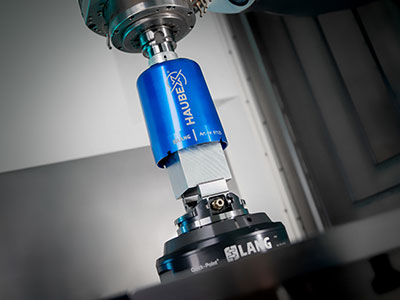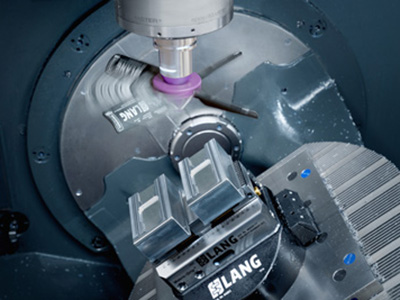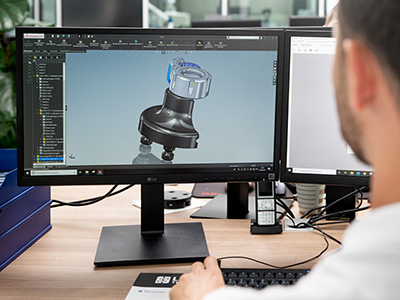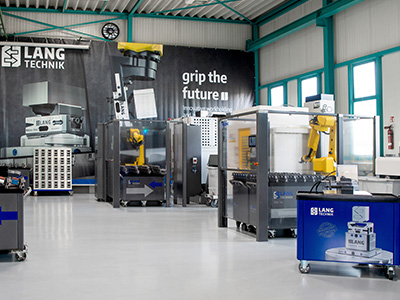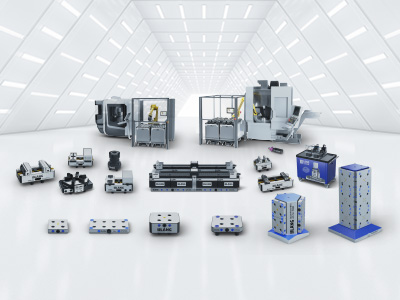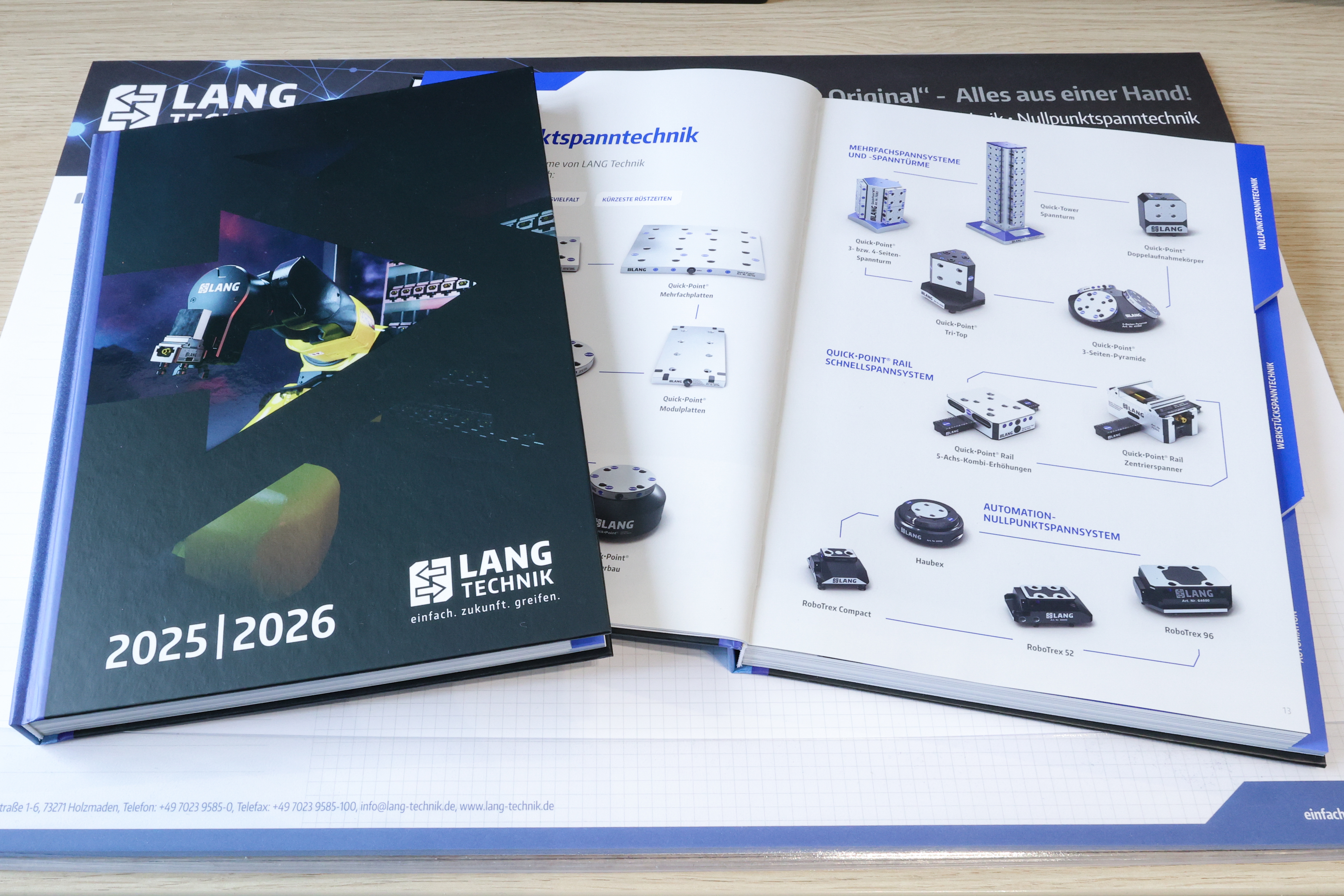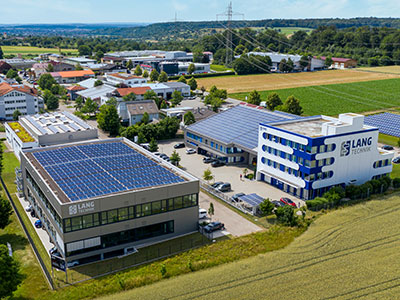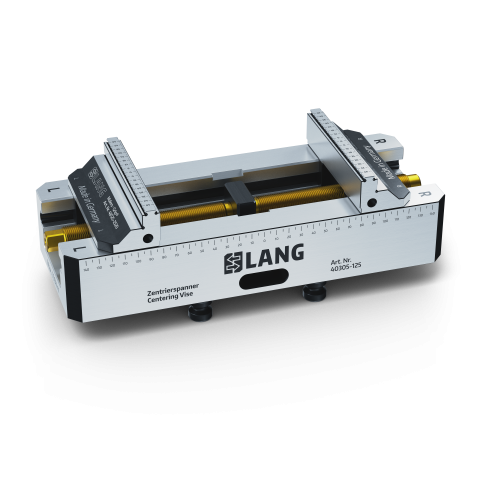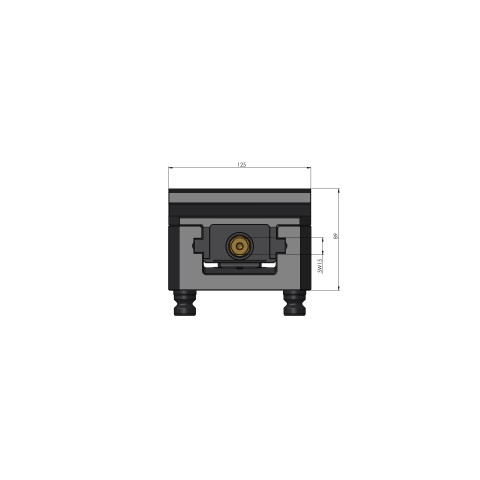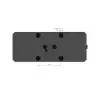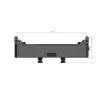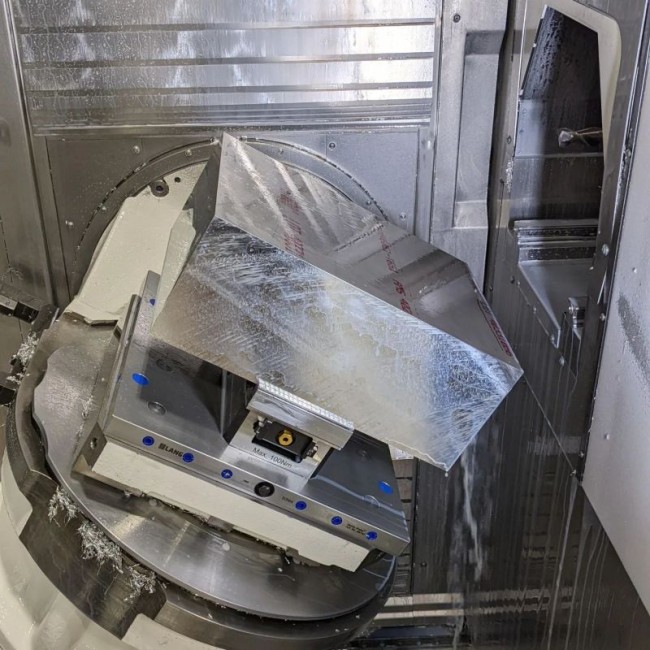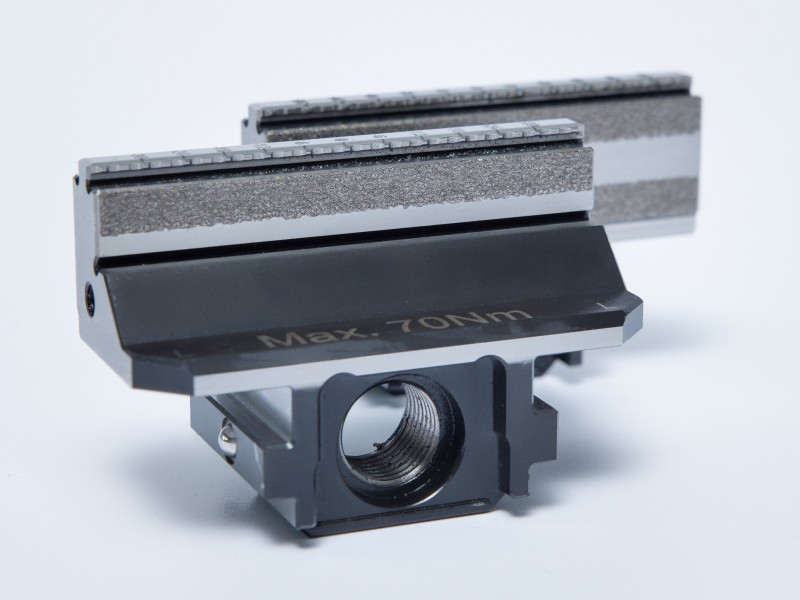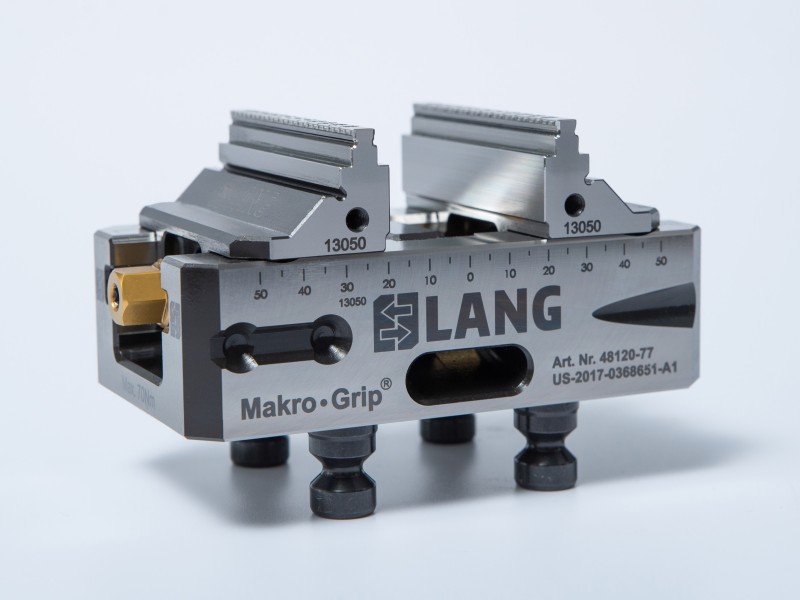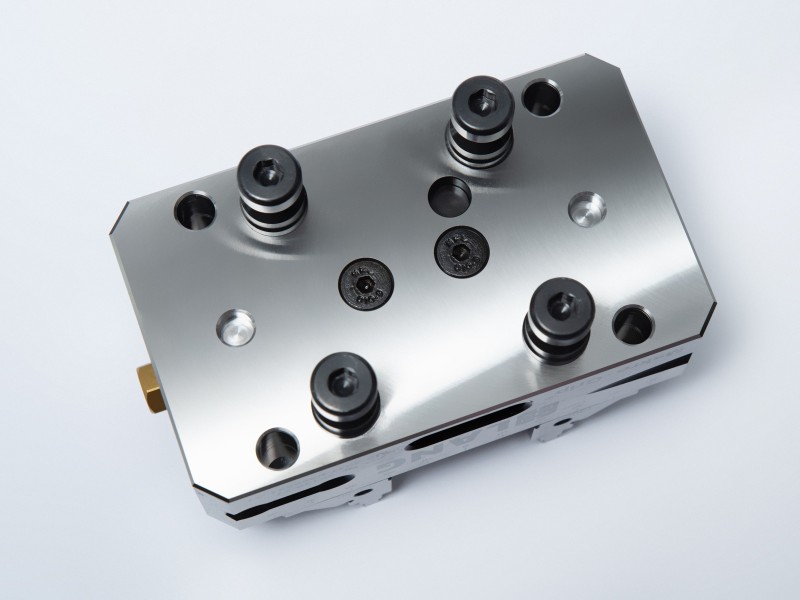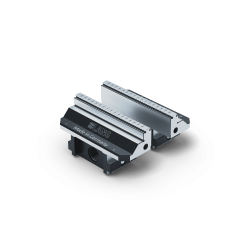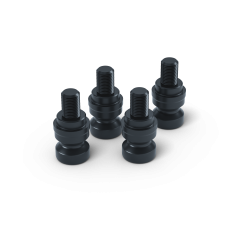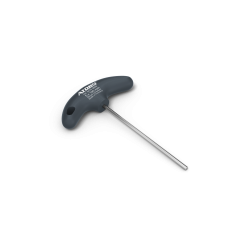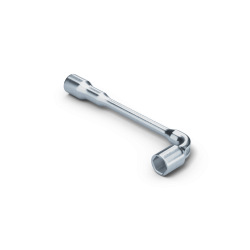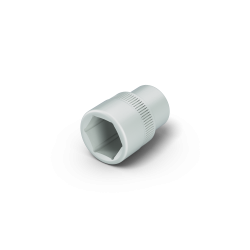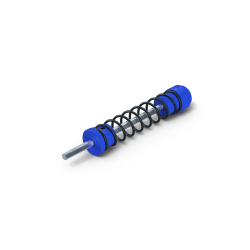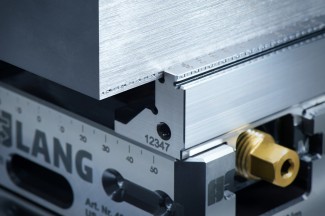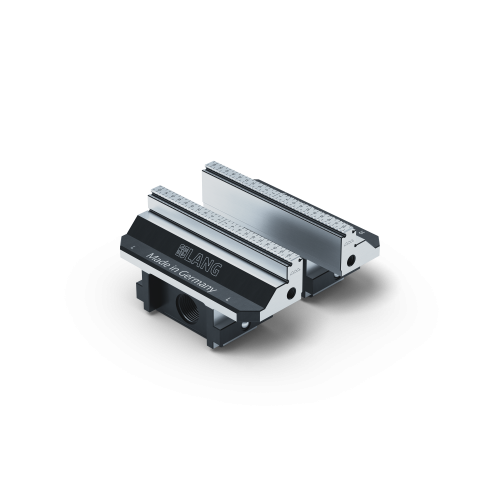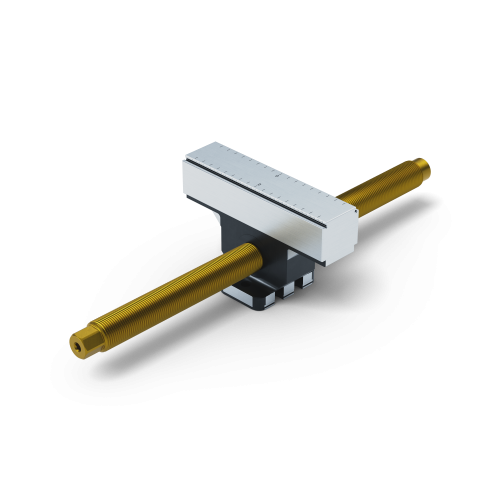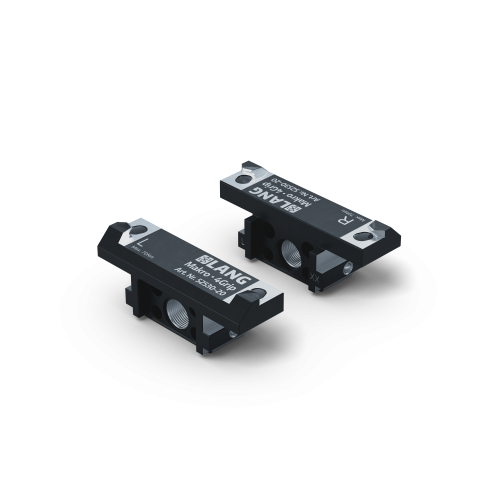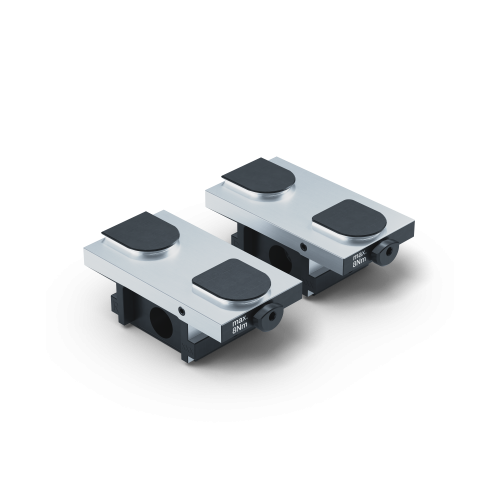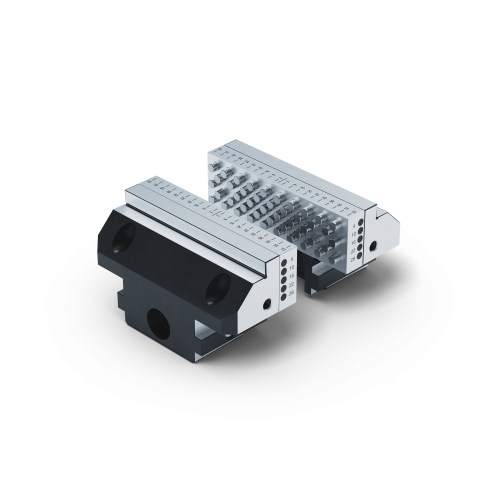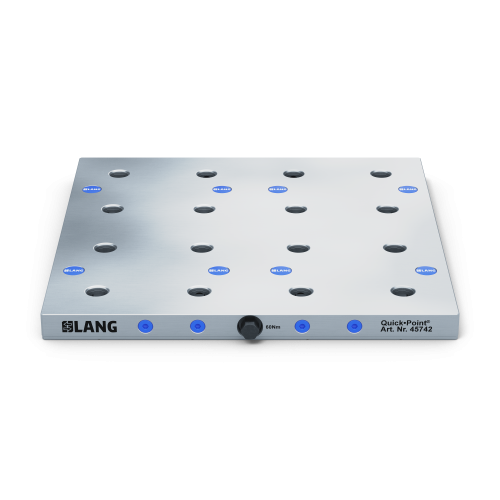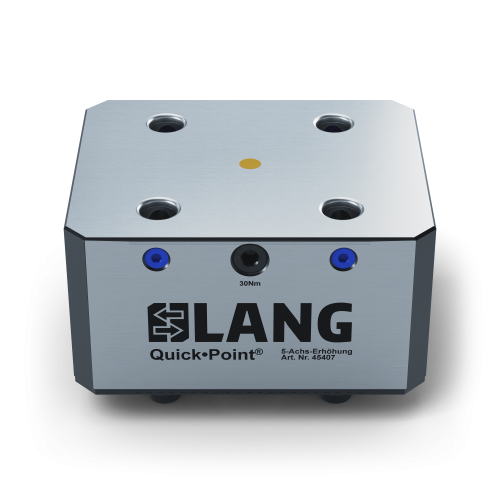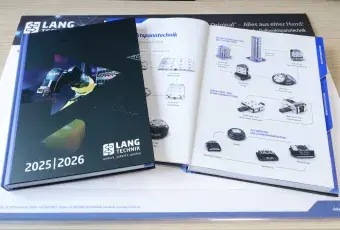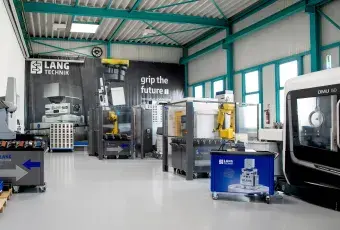Key data at a glance
The Makro•Grip® 5-axis vise with jaw width 125 mm is mainly used for clamping larger workpieces. With its 310 mm long base body, it has a clamping range of up to 305 mm, which means that the centrically clamped workpiece is ideally accessible for the tools used. This allows the use of short tools and results in less vibration as well as longer tool life. At the same time, higher cutting rates can be applied, which reduces machining times and costs.
More features:
Single components features:
Spare Jaws
Spindle + Center Piece
Clamping Studs
Makro•Grip® Stamping Technology and Raw Part Clamping
The Makro•Grip® 5-Axis Vise and its unique benefits of the stamping technology has been considered „The Original“ and a benchmark in the 5-face machining of raw parts for years. Its compact design and high holding forces make the Makro•Grip® 5-Axis Vise the ideal clamping device for machining raw parts.
- Holding force Thanks to the form-fit clamping principle, highest holding forces can be achieved with Makro•Grip®, even at low clamping pressure.
- Process reliability Clamping with Makro•Grip® provides maximum process reliability and is easy on the workpiece to be processes at the same time.
- Accessibility The compact Makro•Grip® self-centering vises guarantee ideal accessibility in the 5-axis machining of raw parts.
Learn all about the benefits and functionality of ourMakro•Grip® Raw Part Clamping and Stamping Technology.
Discover nowApplication pictures
Application videos
Services
We will be happy to advise you individually and adapt your products for the best possible application.
Tungsten-Carbide-Coating
A special Tungsten-Carbide Coating can be applied on the plain clamping surfaces of the Mak-ro•Grip® jaws in order to double the friction force when clamping non-stamped parts, without leaving any traces on the workpiece.
Modified Clamping depth
Sometimes raw material has a certain radius, which makes it hard to clamp it on the 3 mm step of the Makro•Grip® jaws. This can be solved by lowering the clamping step so that the workpie-ce is held above the radius. On the one hand, this provides a resting surface for the workpice, on the other hand it ensures safe clamping.


